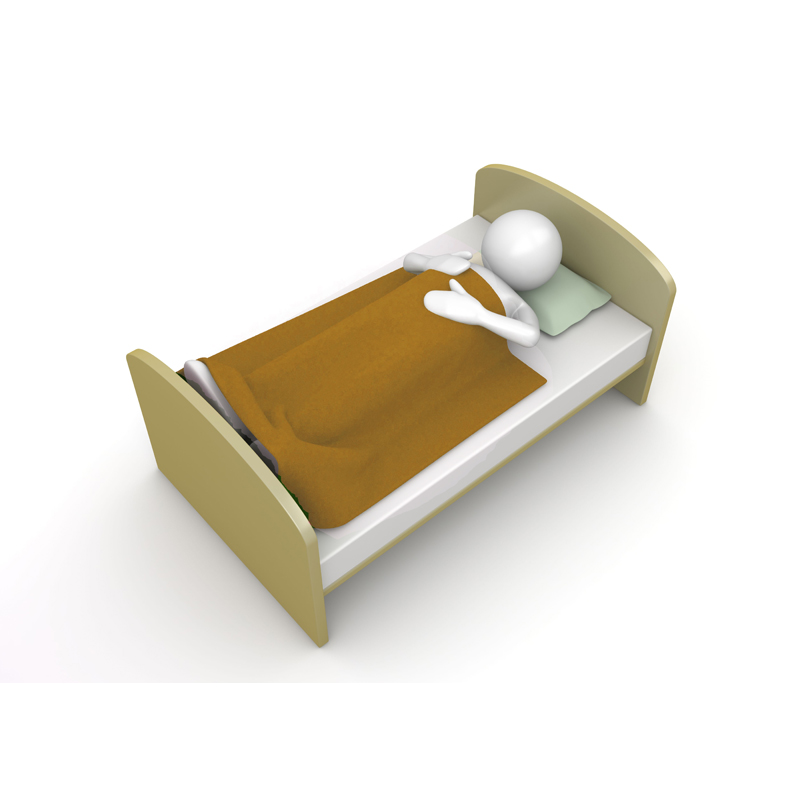Treatment of overactive bladder with intravesical Botox

What is it?
Although this condition can be caused by a neurological illness or other causes like benign prostatic hypertrophy, most cases have no known cause or underlying disease. Many treatment options are available to treat OAB, such as bladder training or different medications, but when standard treatment fails, other options can be used efficiently.
Refractory OAB is a condition where conventional therapy does not produce desired results. Onabotulinum toxin type A (Botox) is a protein that modulates neuromuscular activity once injected intramuscularly and hence helps decrease or eliminate involuntary bladder contractions and greatly reduce OAB symptoms.
This intervention is increasingly used by patients not only with neurological disease but with idiopathic OAB as well that have failed treatment with medication because of inefficient treatment response or intolerance due to side effects. It consists of injecting directly the Botox into the bladder wall muscle (detrusor).
Indications:


How is the exam perform?
After 30 minutes, a flexible cystoscope is inserted through the urinary channel. Your bladder will be inspected and then a series of injections (approximately 20) with a very fine needle will be performed to inject a small amount of Botox solution directly into the wall of the bladder in several locations. The procedure itself takes from 5 to 7 minutes.
The effect of the Botox begins from 5 to 10 days after the injection and is not permanent, ranging in efficiency from 6 to 12 months or more; average 9 months. The effect varies in efficiency from a patient to another.
When the effect disappears, this toxin can be re-injected as many times as necessary with an interval of 3 months between each treatment.
Botox is an expensive drug but it is now covered by the RAMQ with an application for exemption by your urologist. Botox is also generally covered by private insurance companies for medical purposes.
Is it painful?


What do I need to do before the exam?
If you are taking anticoagulants (blood-thinning drugs), you will be asked to stop taking your medicine. In some cases, they will be replaced by other drugs for the period of time prior to the injection. You will be able to start taking your medication once again after the injection. This exchange of drugs will be followed in accordance with the instructions given by your urologist. It is important to strictly adhere to these procedures.
What are the risks of treating overactive bladder with Botox?
- pain or discomfort during the insertion of the endoscope in the urethra or during the injections
- visible bladder bleeding for more than 12 hours
- moderate fever (<38.5 °C) of less than 48 hours
- urinary infection despite the use of antibiotic prophylaxis
- urinary retention is the main side effect (decrease of the strength of the bladder muscle that can sometimes result in bladder weakness and inability to produce adequate contractions to void). However, this complication is temporary and only lasts a few weeks to a few months. Self-catheterization or use of an indwelling catheter is therefore sometimes necessary, but quite infrequent.
- Allergic reactions to Botox are very rare
- Generalized muscle weakness is a rare occurrence when used with higher dosages
Botox has been found to be very useful in urology in the last 30 years. No serious side effects related to the use of Botox injections in the bladder have been reported with this treatment. Is it safe, generally well tolerated, and effective. This treatment has been shown on many occasions to greatly improve quality of life in patients suffering from this clinical condition.


What do I need to do after the exam?
You can resume your normal activities the day after the injection.
A follow-up appointment within 2 to 3 weeks following the injection will be scheduled in order to judge the effectiveness of the treatment and evaluate the bladder emptying process with urine flow measurements and bladder ultrasound to mesure post-voided residual urine.
Contact-us
Phone
Address
1660, 3E AV, VAL-D’OR, Québec J9P 1W1
